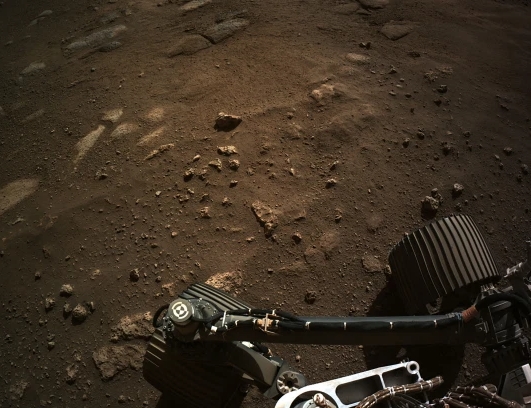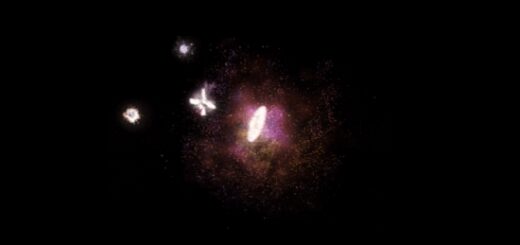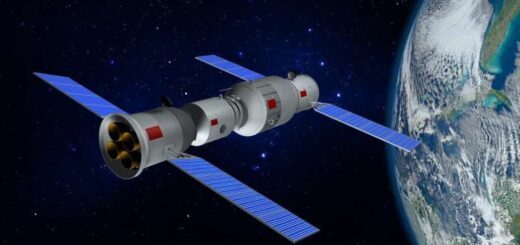Nasa releases first recording of rover DRIVING on Mars – but mystery noise leaves them baffled

NASA’s newest Mars rover has sent back the first-ever recording of driving on the Red Planet – and it features a mysterious “scratching” noise that’s left scientists baffled.
The audio clip also includes the eerie sound of grinding, clanking and banging that by Earth standards would be pretty worrisome.
The noises made by Perseverance’s six metal wheels and suspension on the first test drive two weeks ago are part of a 16-minute raw audio feed released Wednesday by Jet Propulsion Laboratory in Pasadena, California.
“If I heard these sounds driving my car, I’d pull over and call for a tow,” Dave Gruel, an engineer on the rover team, said in a statement.
“But if you take a minute to consider what you’re hearing and where it was recorded, it makes perfect sense.”
The driving audio contains an unexpected high-pitched scratching noise, according to Nasa. Engineers are trying to figure out what the sound is.
Perseverance – the biggest, most advanced rover ever sent to Mars – landed near an ancient river delta on February 18 to search for signs of past life.
Samples will be taken from the most promising rocks for eventual return to Earth.
The rover carries two microphones.
One already has captured the sounds of wind and rock-zapping lasers, the other was meant to record the descent and landing.
This second mike didn’t pick up any sounds of the rover’s arrival at Mars, but managed to record the first test drive March 4.
Before it starts drilling into rocks for core samples, Perseverance will drop off an experimental tag-along helicopter, named Ingenuity.
The helicopter will attempt the first powered, controlled flight on another planet sometime next month.
Perseverance’s microphones are stashed on its SuperCam instrument, which sits atop the rover’s remote sensing mast.
Over the course of the two-year mission, scientists hope to use the rover’s audio recordings to analyse Martian rock and soil.
The six-wheeled machine is equipped with a laser that can hit targets up to 20ft (7m) away.
Some zaps sound slightly louder than others, providing information on the physical structure of the targets, such as its relative hardness.
SuperCam was developed jointly by the Los Alamos National Laboratory (LANL) in New Mexico and a consortium of French research laboratories.



 Creators of mankind
Creators of mankind Description of “Tall white aliens”
Description of “Tall white aliens” Where they came from?
Where they came from? About hostile civilizations
About hostile civilizations The war for the Earth
The war for the Earth “Tall white aliens” about eternal life
“Tall white aliens” about eternal life Video: “Nordic aliens”
Video: “Nordic aliens” Aliens
Aliens Alien encounters
Alien encounters The aliens base
The aliens base UFO
UFO Technology UFO
Technology UFO Underground civilization
Underground civilization Ancient alien artifacts
Ancient alien artifacts Military and UFO
Military and UFO Mysteries and hypotheses
Mysteries and hypotheses Scientific facts
Scientific facts


















